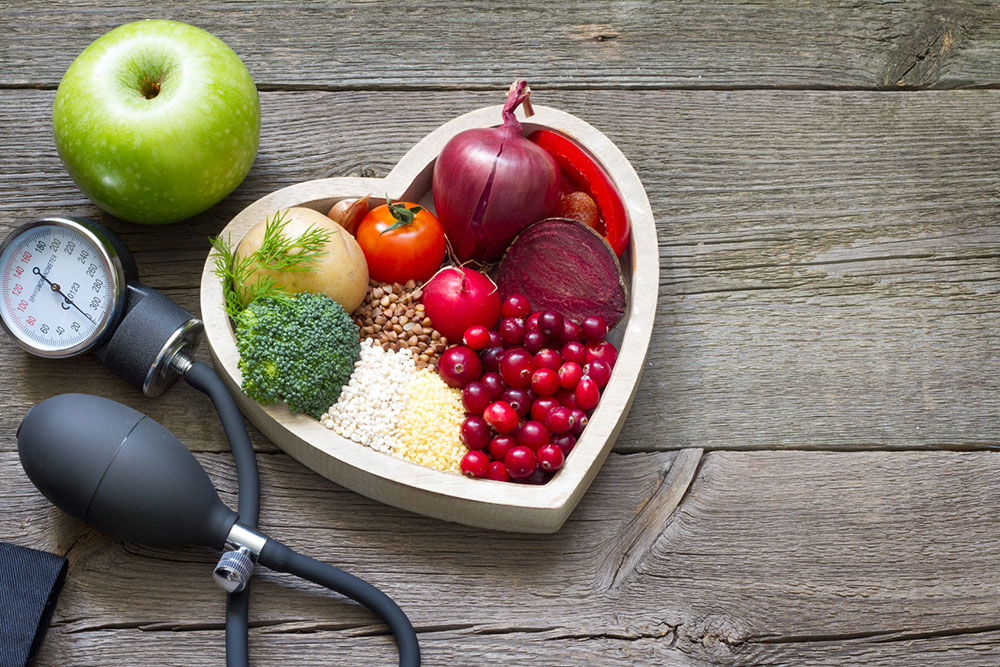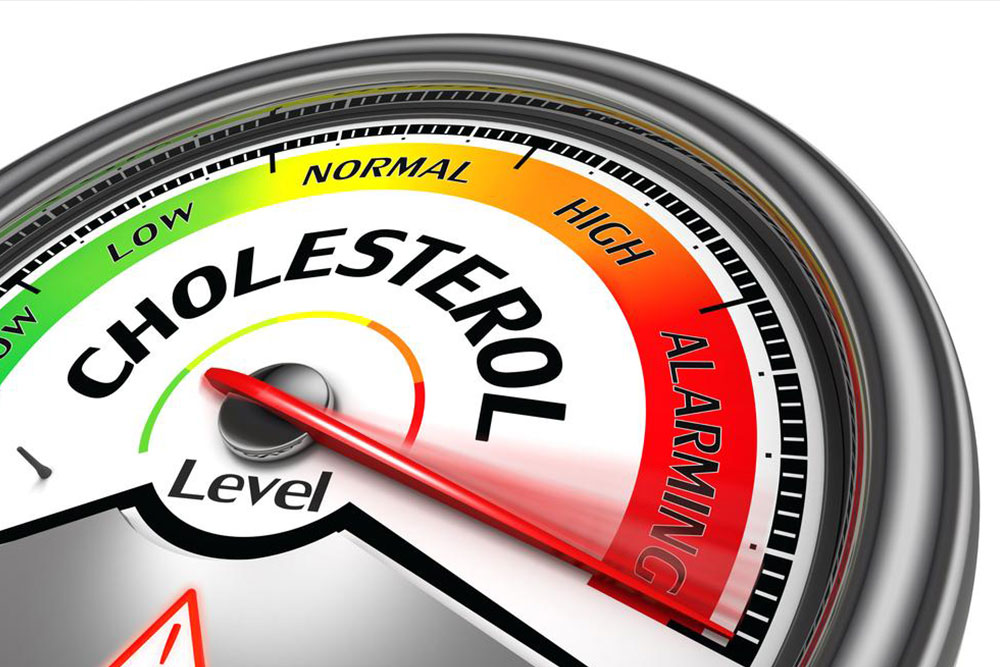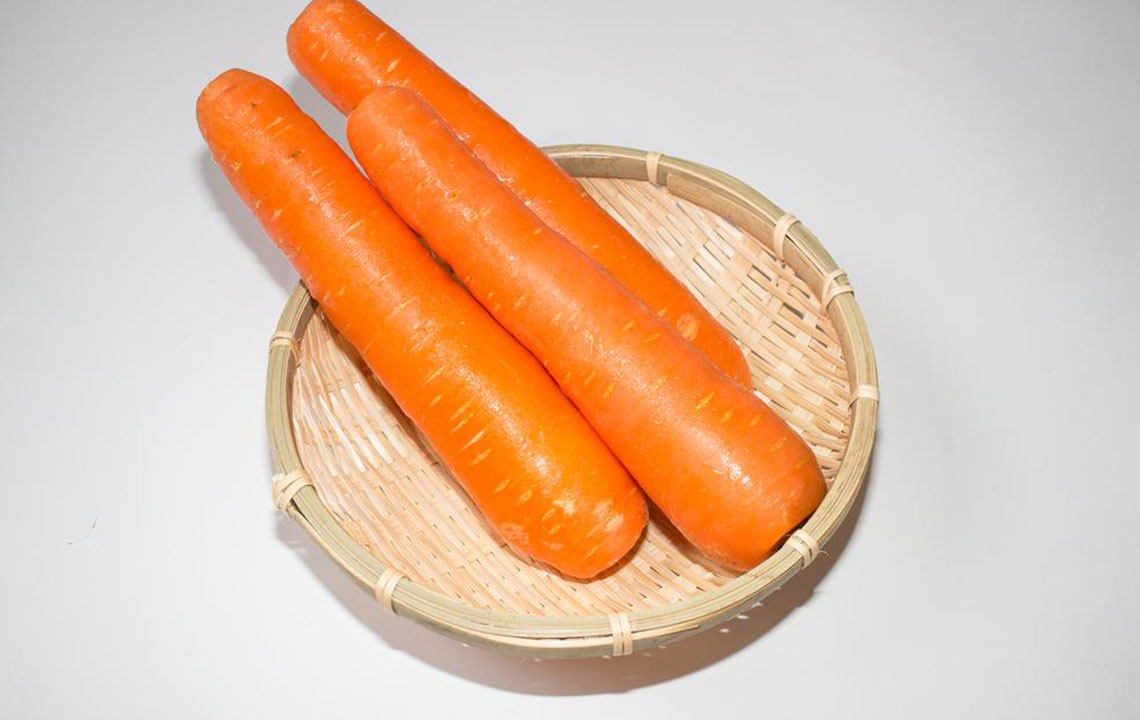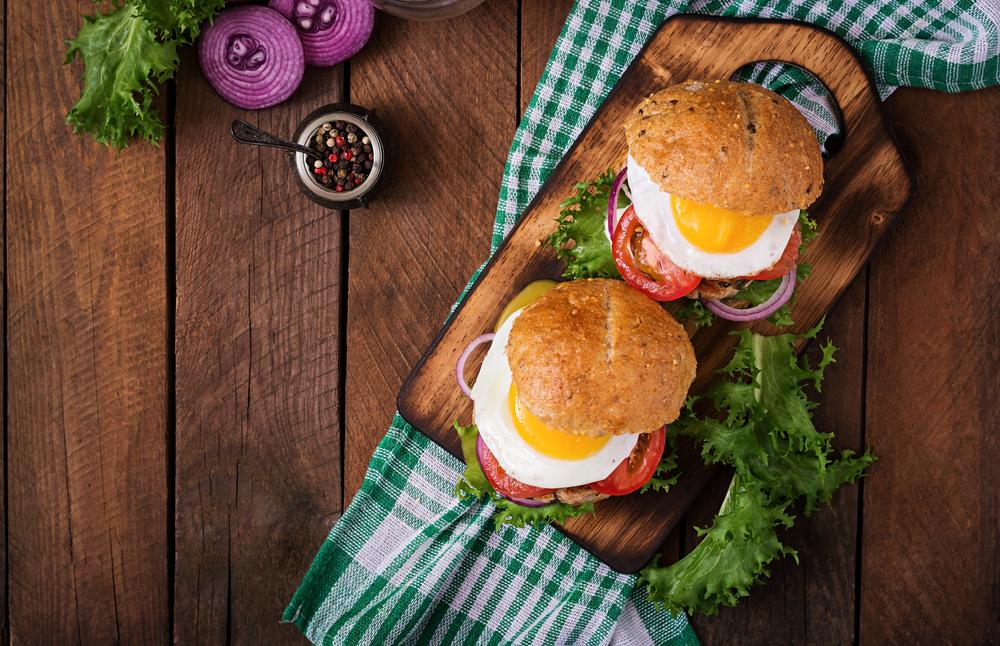Ultimate Guide to Managing and Improving Your Cholesterol Levels for Better Heart Health
This comprehensive guide provides detailed insights into understanding cholesterol, its types, causes of high levels, associated health risks, and practical strategies to manage and improve cholesterol levels. Emphasizing diet, lifestyle, and medical options, it aims to empower readers to take proactive steps toward heart health and overall well-being.
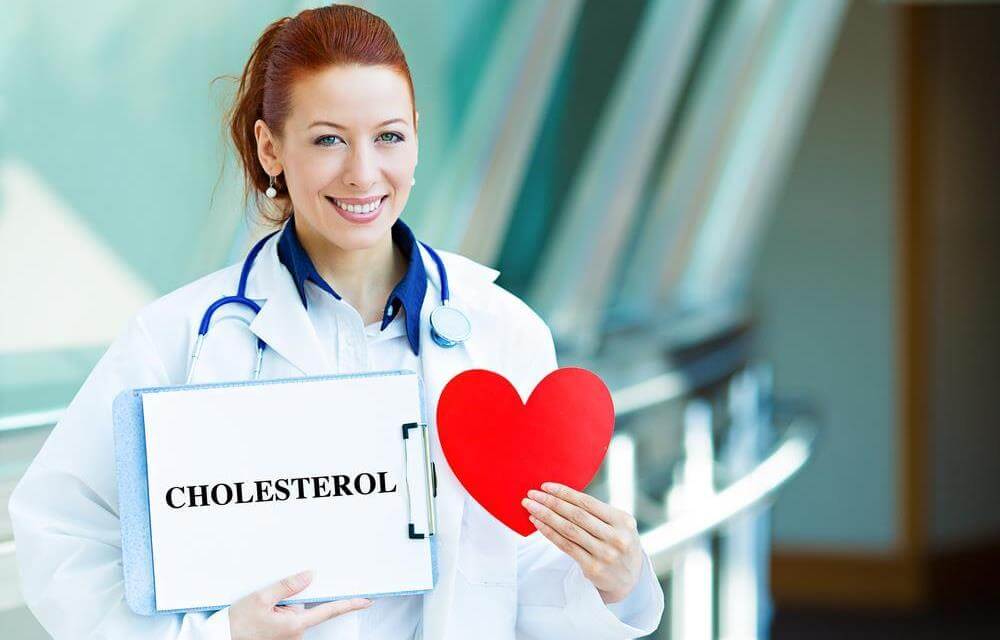
Comprehensive Approach to Controlling Cholesterol and Promoting Heart Health
Your Complete Guide to Understanding and Managing Cholesterol
Cholesterol often gets a bad reputation due to its association with heart disease, but in reality, it is an essential substance in your body. Cholesterol is a waxy, fat-like substance that plays a vital role in maintaining cell membrane integrity, producing hormones such as estrogen and testosterone, synthesizing vitamin D, and forming bile acids necessary for digestion. The human body naturally produces cholesterol in the liver, but it is also ingested through the consumption of certain foods. However, maintaining optimal cholesterol levels is crucial because elevated levels can significantly increase your risk of cardiovascular diseases. This comprehensive guide delves into the importance of cholesterol, how it affects your health, and practical steps to maintain a healthy balance.
To empower you with knowledge, here are essential facts about cholesterol that everyone should understand.
Understanding the Types of Cholesterol: HDL and LDL
High-density lipoprotein (HDL), commonly called good cholesterol, is characterized by its high protein and low fat content. HDL's primary function is to carry excess cholesterol from blood vessels back to the liver for processing and elimination. This process helps prevent the buildup of plaque in arteries, reducing the risk of heart attacks and strokes. Higher HDL levels are generally associated with better cardiovascular health.
Low-density lipoprotein (LDL), known as bad cholesterol, contains more fats and less protein. While LDL is necessary for the synthesis of hormones, vitamin D, and bile acids, excessive LDL in the bloodstream can lead to the formation of arterial plaques. These plaques can narrow or block arteries, escalating the risk of cardiovascular events.
Causes of Elevated Cholesterol Levels
Unhealthy dietary habits high in saturated fats, trans fats, and cholesterol-rich foods
Overweight or obesity
Physical inactivity and sedentary lifestyles
Excessive alcohol consumption and smoking
Genetic factors and familial hypercholesterolemia
Health Risks Associated with High Cholesterol
Increased risk of coronary artery disease and heart attacks
Stroke due to blocked or narrowed arteries
High blood pressure (hypertension)
Chronic kidney disease
Peripheral artery disease, affecting limbs
Chest pain, also known as angina
Cholesterol Level Standards and How They Are Measured
Desirable total cholesterol: below 200 mg/dL
Borderline high: 200–239 mg/dL
High: 240 mg/dL and above
For children and teenagers, the targets are slightly different:
Good: less than 170 mg/dL
Borderline: 170–200 mg/dL
High: over 200 mg/dL
Levels are typically evaluated using a lipid panel blood test, which requires fasting for 9-12 hours beforehand for accurate results. Regular testing enables timely detection and management of abnormal levels.
Foods to Limit to Manage Cholesterol Levels
Sweet baked goods like pastries, cookies, and cakes
Skin-on poultry such as chicken with the skin intact
Full-fat dairy products like cream cheese, ice cream, whole milk, butter, and margarine
Processed and packaged foods containing trans fats and unhealthy oils
Shellfish such as shrimp and crab, which have higher cholesterol content
Deep-fried foods including French fries and fried chicken
Egg yolks, which are rich in dietary cholesterol
Red meats like beef, pork, and lamb, especially fatty cuts
Foods That Naturally Boost Healthy Cholesterol (HDL)
Chia seeds and flaxseeds, high in omega-3 fatty acids
Legumes like beans and lentils
Dark chocolate with high cocoa content
Fatty fish such as salmon, mackerel, sardines, and herring
Egg whites, which provide protein without cholesterol
Extra virgin olive oil and avocado oil
Whole grains like oats, barley, and brown rice
Leafy greens, broccoli, carrots, and sweet potatoes
Fruits rich in dietary fiber, such as apples, berries, and oranges
Nuts including almonds, pistachios, and hazelnuts
Moderate consumption of red wine can be beneficial, thanks to antioxidants
Effective Lifestyle Changes to Control and Lower Cholesterol
Cease smoking, as it reduces HDL and damages blood vessels
Engage in at least 150 minutes of moderate exercise per week, such as brisk walking, cycling, or swimming
Limit alcohol intake to moderate levels (up to one drink per day for women, two for men)
Maintain a healthy weight through balanced diet and physical activity
Manage stress through relaxation techniques, meditation, or yoga
Beyond diet and lifestyle adjustments, medical interventions may be necessary. Physicians often prescribe statins or other lipid-lowering medications when lifestyle changes alone are insufficient to reach target cholesterol levels. Regular check-ups and blood tests are essential to monitor progress and adjust treatment plans. Ultimately, sustained effort, a balanced diet, regular exercise, and medical supervision are key components to maintaining healthy cholesterol levels and reducing cardiovascular risk over time.
